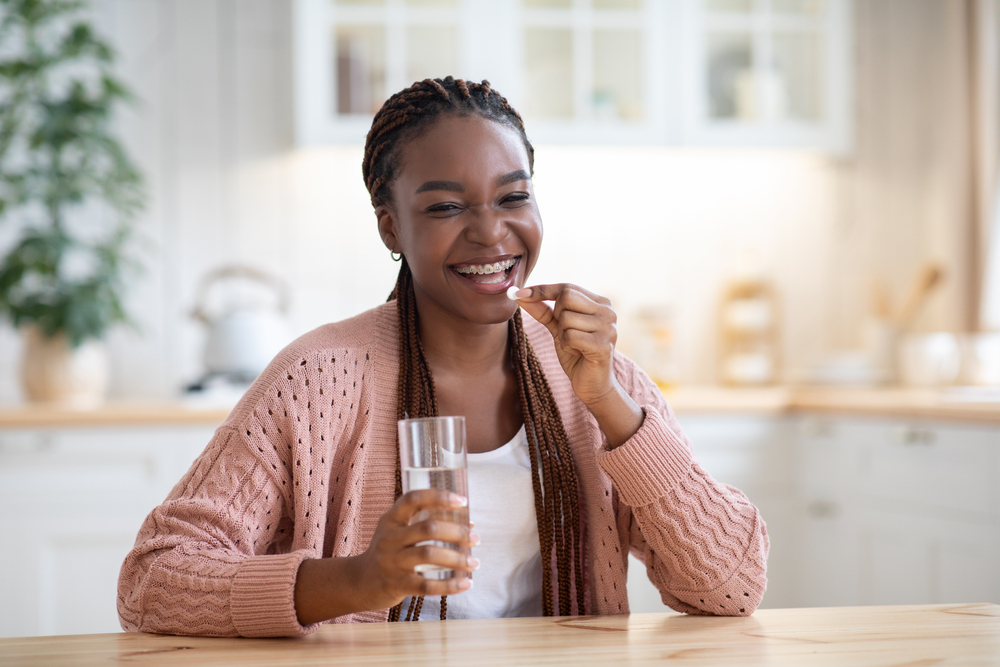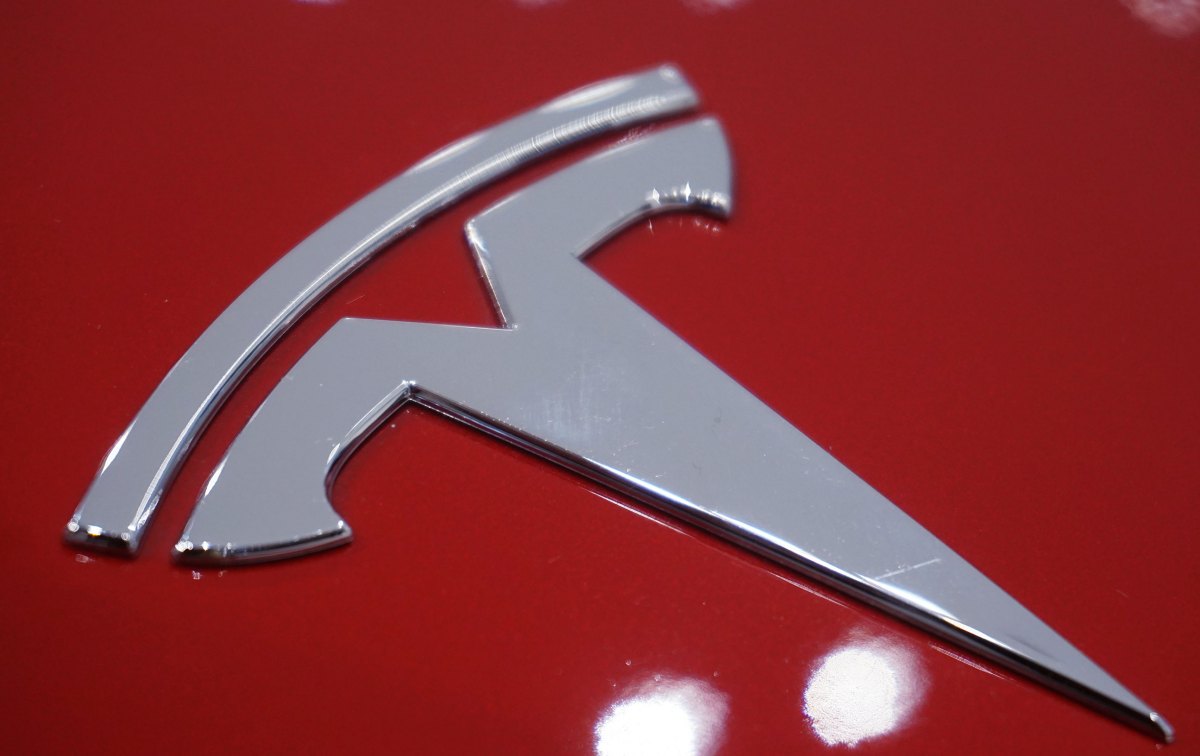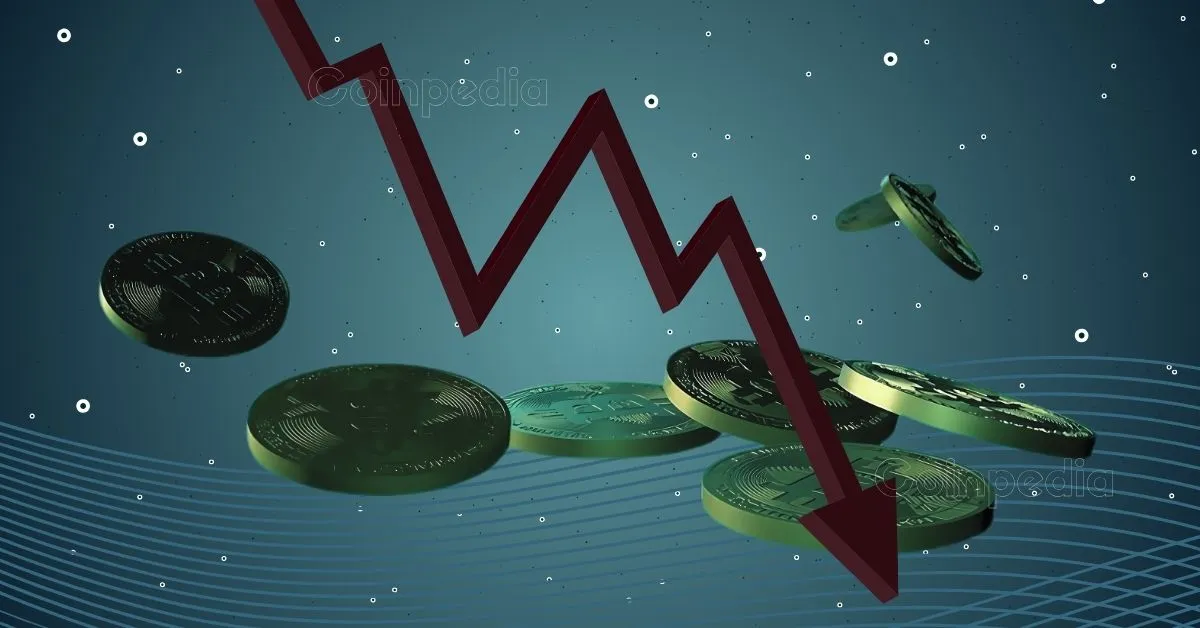
Is the universe perfectly set up to support life as we know it?
This idea, called the Anthropic Principle, has sparked debate among scientists and philosophers for decades.
Now, researchers have taken a step closer to testing it.
A new paper by physicists Nemanja Kaloper from the University of California, Davis, and Alexander Westphal from DESY (Deutsches Elektronen-Synchrotron) outlines how we might put this principle to the test for the first time.
What is the Anthropic Principle?
The Anthropic Principle (AP) comes in two versions.
The weak AP simply states that the universe must have conditions suitable for intelligent life since we are here to observe it.
The strong AP takes it further, suggesting that the universe had to evolve in a way that led to our existence, hinting at a kind of “design.”
While the weak AP is more observational, the strong AP ventures into philosophical territory.
The challenge with the AP, especially the strong version, is that it hasn’t been testable with experiments.
Until now, it’s been more of a philosophical idea than a scientific hypothesis. Kaloper and Westphal’s work aims to change that.
A universe fine-tuned for life?
The AP suggests that the universe’s initial conditions had to be extremely specific for life to emerge. This includes values of key physical constants, like the gravitational constant or Planck’s constant. If these were even slightly different, the universe would be inhospitable for life.
Kaloper and Westphal propose using astronomical observations and physical models to calculate the initial conditions of the universe. They suggest comparing these calculations to real-world observations. If the two match, the AP could hold up. If they don’t, it might mean the AP is flawed.
Key ingredients for the test
To test the AP, the researchers highlight three key elements in cosmology:
- Cosmic Inflation
In the universe’s first moments, it expanded rapidly in a process called cosmic inflation. During this fraction of a second, quantum effects influenced the formation of galaxies and stars. While direct evidence for inflation hasn’t been found, many scientists believe it’s a strong theory. The LiteBIRD satellite, launching in 2032, may provide evidence by detecting primordial gravity waves. - Dark Matter
Most of the universe’s matter is invisible, known as dark matter. Although we can’t see it directly, its presence is inferred from gravitational effects. Its exact nature is still a mystery, but researchers are hopeful that experiments will reveal its secrets soon. - Axions
Axions are lightweight particles proposed as a candidate for dark matter. They may have been created during cosmic inflation and are thought to have properties that align with what we expect of dark matter. Future observations of black holes might confirm their existence by showing how axions influence black hole spin.
How the test works
The researchers explain how these three elements connect to test the AP. For example:
- If LiteBIRD detects primordial gravity waves linked to high-scale inflation, it would support the idea that the universe began with very specific conditions.
- If axions are confirmed as dark matter by black hole observations, it would bolster the AP.
- However, if dark matter is found not to be axions, it could mean the AP doesn’t hold up under scrutiny.
Kaloper adds that their proposal is unique because it offers the first scenario where the AP could fail a test, rather than just being considered irrelevant.
What if the test fails?
If the AP doesn’t pass, it could mean our understanding of the universe’s initial conditions needs to change. Perhaps some conditions are impossible, or new laws of physics might govern the early universe. Alternatively, the real rules of cosmology could be more complex than we currently think.
Kaloper emphasizes that while dramatic new ideas might emerge, for now, their work focuses on practical tests we can conduct in the near future.
We’ll have to wait several years for experiments like LiteBIRD and black hole observations to provide the data needed to test the AP. But whether it passes or fails, the results will deepen our understanding of the universe and its origins.
“This is just the beginning,” says Kaloper. “The future of cosmology could be far more exciting than we imagine.”
Source: KSR.









Leave a Comment